Composition is one of the keys to creating a strong and effective image. One compositional element you can use is negative space. Basically simplification to the highest level, and making the subject isolated with lots of empty space around it. Here are a few examples.
I tell my students all the time – get closer, simplify!

By David

By eLKayPics / Lutz Koch
Weekly photography challenge – negative space
Often I see new photographers trying to cram too much stuff into their images, and they just end up being confusing, and ineffective. By simplifying and removing everything except the subject the viewer has no choice but to see it. Taking it a step farther and composing so as to have space around the subject, room for it to move or breathe, allows the image to take on a feeling.
Negative space can add a feeling of loneliness, solitude, quiet, peace, serenity, or even movement. What do these say:

By Fran Parra Carrión

By Pedro Fernandes

By john mcsporran

By FUMIGRAPHIK-Photographist

By Carlos Galeano

By Israel Gutiérrez

By Ivan Malkin
Share your images below:
Simply upload your shot into the comment field (look for the little camera icon in the Disqus comments section) and they’ll get embedded for us all to see or if you’d prefer upload them to your favourite photo sharing site and leave the link to them. Show me your best images in this week’s challenge. Sometimes it takes a while for an image to appear so be patient and try not to post the same image twice.
googletag.cmd.push(function() {
tablet_slots.push( googletag.defineSlot( “/1005424/_dPSv4_tab-all-article-bottom_(300×250)”, [300, 250], “pb-ad-78623” ).addService( googletag.pubads() ) ); } );
googletag.cmd.push(function() {
mobile_slots.push( googletag.defineSlot( “/1005424/_dPSv4_mob-all-article-bottom_(300×250)”, [300, 250], “pb-ad-78158” ).addService( googletag.pubads() ) ); } );
The post Weekly Photography Challenge – Negative Space by Darlene Hildebrandt appeared first on Digital Photography School.
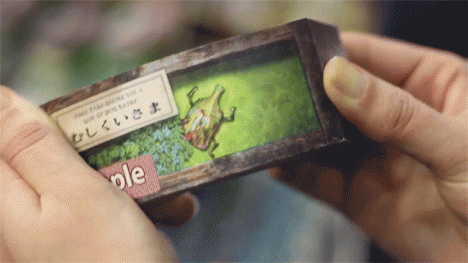
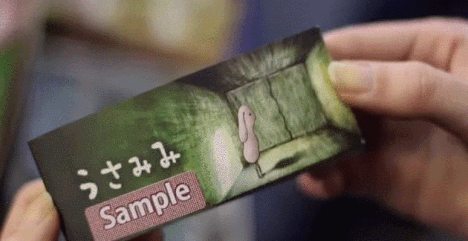

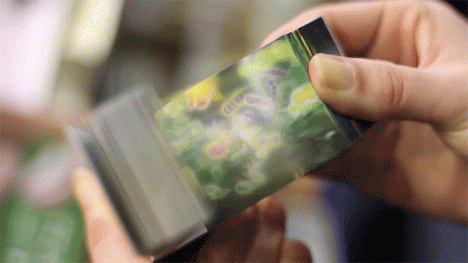
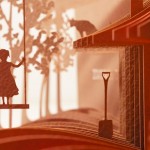
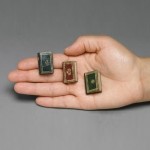
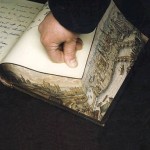










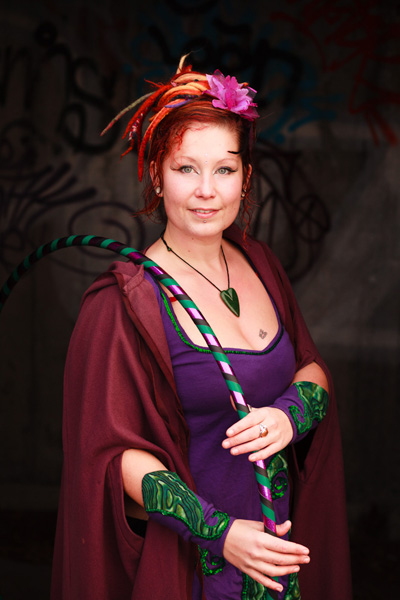
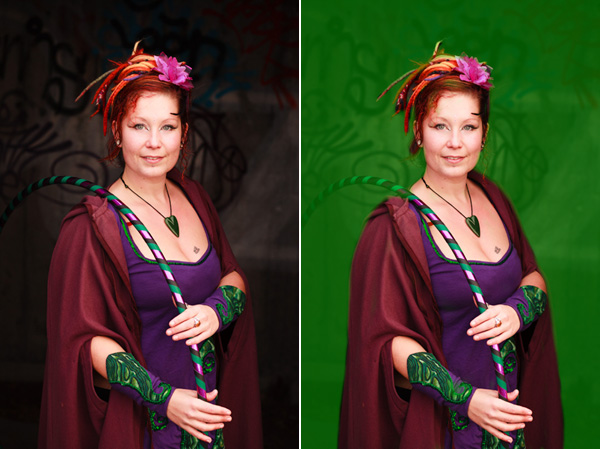
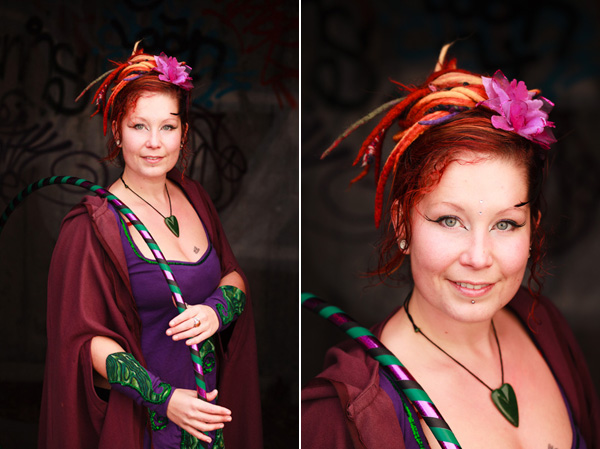



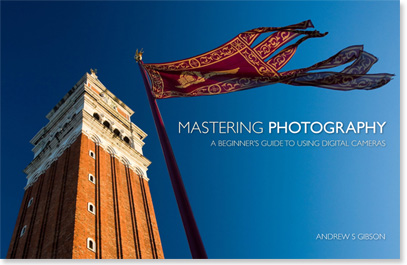


You must be logged in to post a comment.